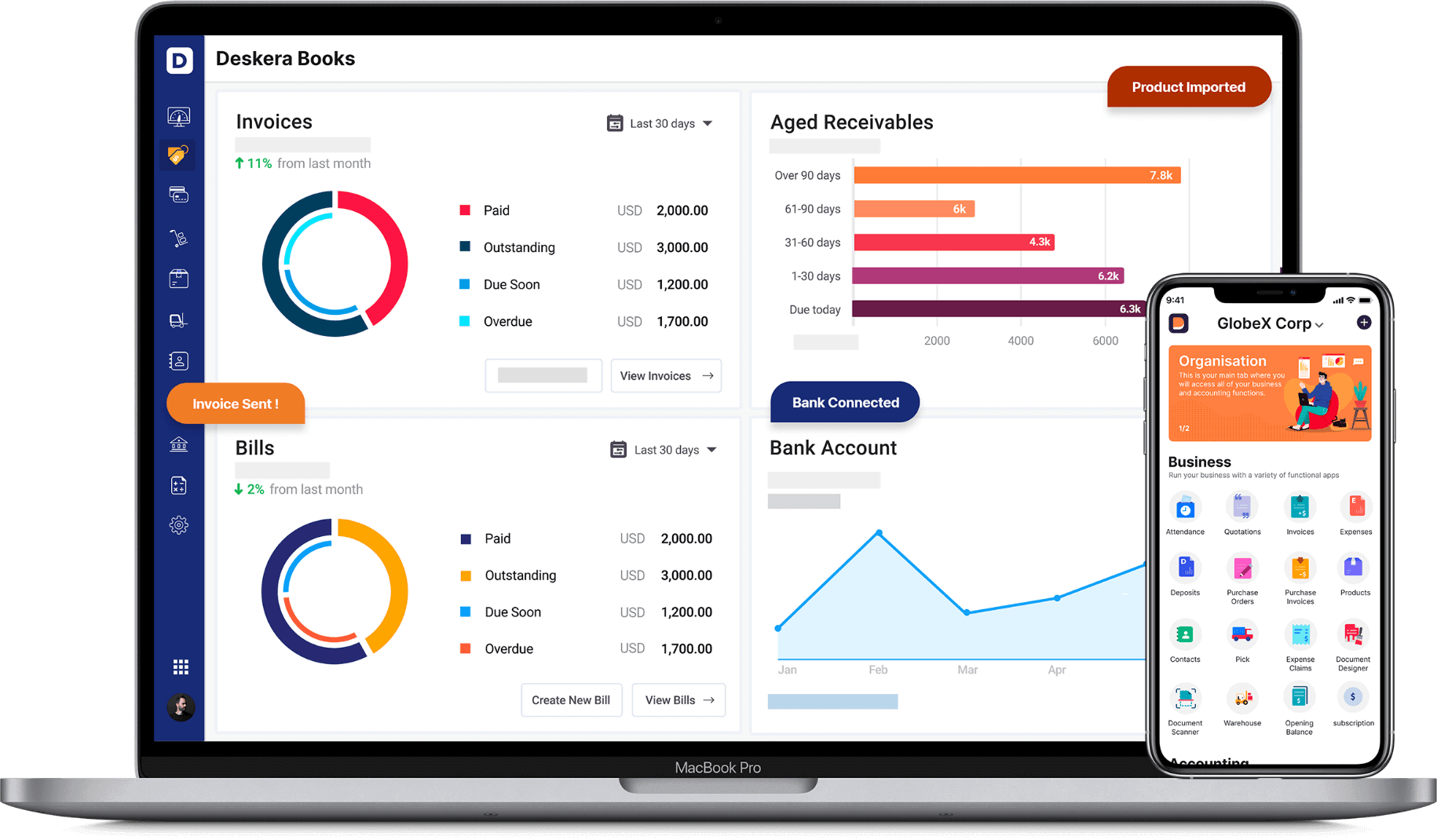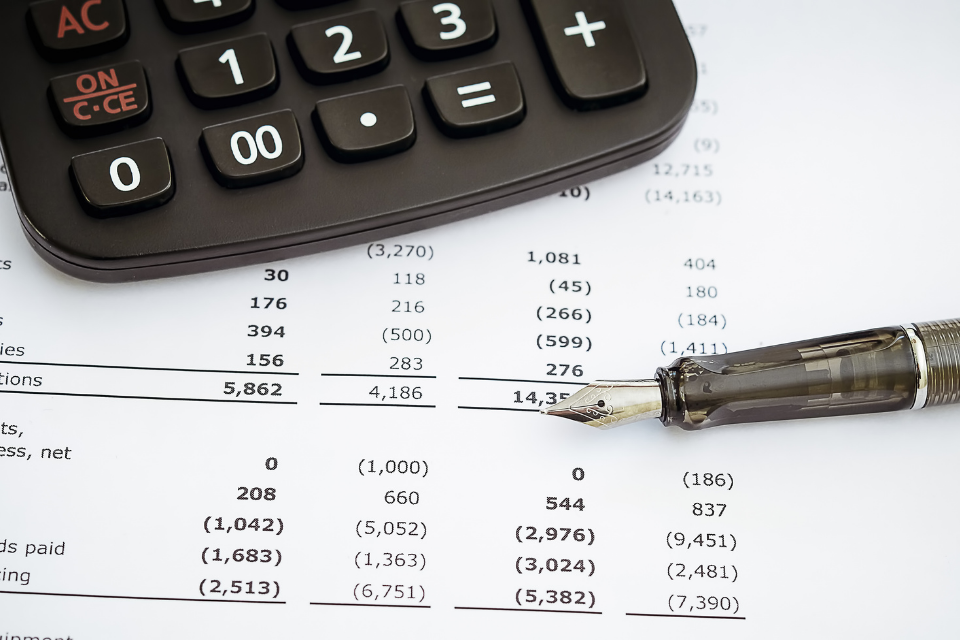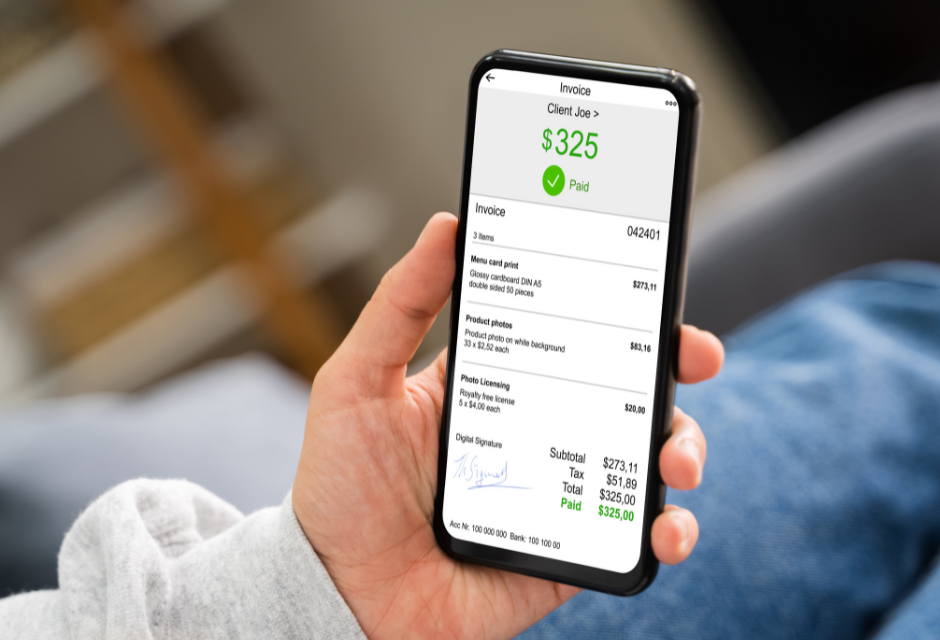After completing your federal tax return for a fiscal year, you are entitled to an income tax refund if you paid more in taxes than you owed. However, the tax agency must analyze and verify your income tax return before receiving your refund.
This article will look at how you can check your tax refund status and other information regarding tax refund status. But first, we will start by understanding what a tax refund is.
Here are the points covered in this article:
- What is the tax refund?
- How a Tax Refund Works
- Use the IRS' 'Where's My Refund' online tool
- How long does the IRS take to issue a refund?
- Reasons that might delay your tax refund
- Ways to get your refund faster
- When should you call the IRS?
- How to track your state tax refund?
Let's Start!
What is the Tax Refund?
Tax refunds are payments made to taxpayers for surplus amounts paid to the federal or state governments. Despite what most taxpayers perceive as a windfall, refunds often represent interest-free loans from taxpayers to the government. As a result, it is frequently workable to avoid overpaying your taxes, allowing you to keep more money in your pocket with each paycheck and prevent a refund when you complete your tax return.
Here are some grounds why a person might be eligible for a refund:
- The taxpayer made a mistake when carrying out IRS Form W-4, which estimates the right amount of withholding from an employee's paycheck.
- The taxpayer fills up their W-4 on purpose to receive a greater withholding and a larger tax return during tax filing.
- The taxpayer failed to amend their W-4 to show a change in status, such as the child's birth, which results in an extra Child Tax Credit.
- A self-employed or freelancer who pays quarterly estimated taxes can pay to prevent an unexpected tax bill or unpaid wages in penalties at tax time.
- The taxpayer is entitled to refundable tax credits, which can lower the taxes payable to zero, even if no tax is otherwise owed. If the credit exceeds your tax bill, they will refund you the difference.
How a Tax Refund Works
Tax refunds are often delivered as paper cheques mailed to the taxpayer or as direct payments into the taxpayer's bank account. Taxpayers can also use their return to purchase U.S. Series 1 Savings Bonds. The quickest approach to getting your refund is to e-file your tax return and select direct deposit.
Most refunds are provided within a few weeks of the taxpayer filing their tax return. However, a refund may take longer in specific cases. Taxpayers who collect the EITC, for example, will not earn their returns until March.
Of course, not everyone agrees. Some people view tax refunds as an alternative savings plan, and they look forward to the lump-sum payout.
Use the IRS's "Where's My Refund" online tool
Since 2003, the IRS has developed an online service that allows you to follow the tax refund status electronically. For example, you can use the "Where's My Refund?" tool 24 hours after e-filing your tax return. You may also use your mobile device to track your tax refund status by downloading the IRS2Go app.
To check your tax refund status online, you'll need the following information:
- ITIN or Social Security number.
- Status of the filing.
- Your exact tax refund is shown on your tax return.
After entering the required information, it will present you with one of three status options.
- Return Received: The IRS has processed your tax return.
- Refund Approved: The IRS has completed processing your return and is preparing your tax refund. The IRS will transfer your funds to your bank or mail them to you when your funds are ready.
- Refund Sent: The IRS has electronically sent your refund to your bank, or your cheque is on its way to you.
The IRS updates tax refund status once a day during the night.
How long does the IRS take to issue a Refund?
According to the IRS tax return timetable, most tax refunds are issued in less than 21 calendar days. However, that doesn't imply you should expect your refund to arrive in your bank account or mailbox in three weeks. The IRS claims that using IRS e-file and direct deposit is the quickest way to get a refund.
If you want to get your refund online, it will most likely take your bank longer to send your refund amount to your account. Weekends and holidays, for example, may lengthen the time it takes for your refund to leave the IRS and appear in your account.
If you submitted a tax refund with an Earned Income Tax Credit (EITC) or Additional Child Tax Credit claim, the timeliness of your refund might be affected as well. Depending on when they submitted their forms, EITC/ACTC filers should get their refunds by the first week of March at the latest.
Reasons that might delay your tax refund.
Although you're eager to get your refund, it may take the IRS over 21 days to process your return. Several factors, including: might cause a delay.
- Your tax return contains mistakes.
- Your tax return is missing information.
- You have been the victim of fraud or identity theft.
- You seek the EITC or the Additional Child Tax Credit (ACTC).
- You filed Form 8379, Injured Spouse Allocation, which the IRS may take up to 14 weeks to process.
- The tax return has to be double-checked.
- You filed a paper return because of limited personnel, which may incur processing delays.
- COVID-19 may have influenced your return.
Ways to Get your Refund Faster
There is no magic wand that will make your refund appear fast. There are, however, four things you may do to expedite the process potentially.
If possible, avoid filing your tax return on paper
The IRS typically processes paper returns in six to eight weeks. However, if you file your taxes electronically, it will take roughly three weeks to process them. In addition, state tax agencies accept electronic tax returns, which implies you could be able to collect your state tax refund sooner.
Obtain direct deposit
Instruct the IRS to transfer your refund immediately into your bank account rather than mailing a paper check when you file your tax return. This saves time waiting for the mail and checking your IRS refund status.
Begin tracking as soon as possible
Another misconception is that there is no way to determine where your refund is until you receive it, and you will wonder, 'Where's my refund?' for quite some time.
You can follow your IRS refund status if you file using tax software or with the help of a tax professional. You may begin checking your IRS tax refund status 24 hours after the IRS receives your return.
Don't put things off for a long period
If you haven't gotten your tax refund within 21 days of submitting your online returns or six weeks after sending your paper return, visit a local IRS office or phone the federal agency. According to the IRS, however, this will not expedite your refund.
When Should You Call the IRS?
Most consumers require the IRS' online tools to track their tax refund status. There are, however, certain exceptions. In the following cases, you may need to contact the IRS:
- "Where's my refund?" or IRS2Go advises you to contact them.
- It's been over 21 days since you filed electronically (almost six weeks for paper filers), and you're curious about the status of your refund or concerned about theft or fraud.
- You mailed a revised tax return over 20 weeks ago.
Note: calling the IRS will not expedite the issuance of your return. If you want to verify when your return will arrive, the IRS recommends using one of its online monitoring tools. However, the IRS changes the status of refunds daily, usually overnight, so visiting an online tool many times throughout the day is unlikely to be beneficial.
Remember that IRS phone representatives can only inquire about your tax refund status 21 days after you file electronically, six weeks after sending a paper return, or 16 weeks after you mail an amended return.
How can you Track State Tax Refund Status?
State taxes differ from federal taxes in that each state runs its system differently. Therefore, to check your state tax refund status, you'll need the same information that you'll need to check federal tax refund status.
Like the federal system, your state's tax website should have a tracking option on the page. For example, most states' pages will have "Where's My Refund?". To monitor your state tax refund status, go to that page and follow the directions.
The time to get your refund also varies by state, with some taking several weeks. Once you've passed the estimated time frame, you may call your state tax office to find your return, get a progress update, and sign when you could get your refund. All of this information is available on your state's local tax website.
And these are all the things you need to know about checking your tax refund status. So now, let's look at some of the most frequently asked questions about checking your tax refund status.
Frequently Asked Questions
Why isn't my refund being handled yet?
According to the IRS, most refunds are sent within 21 days of filing online or six weeks after sending your paper return, but a few instances may cause a delay. Math mistakes and missing information are major causes of higher wait times.
Can I instruct the IRS where to deposit my tax refund?
Yes. Include your direct deposit account information when completing your Form 1040 or 1040-SR. If you complete IRS Form 8888 with your tax return, you may even request the IRS to divide the bill up and transfer it into three separate investment accounts.
If I owe past taxes, what will happen to my tax refund?
The IRS will deduct the amount owed from your federal tax refund if you fall behind on your taxes. In addition, the IRS will send you a letter outlining the changes.
How can Deskera Help You?
Deskera Books can help you automate your accounting and mitigate your business risks. Creating invoices becomes easier with Deskera, which automates a lot of other procedures, reducing your team's administrative workload.

Learn about the exceptional and all-in-one software here:
Key Takeaways
- A tax refund is a payment made to a taxpayer for any extra amount paid to the federal or state governments.
- If you receive a tax refund, you most likely overpaid your taxes the previous tax year.
- Tax refunds are often delivered as paper cheques mailed to the taxpayer or direct payments into the taxpayer's bank account.
- The IRS has developed an online service that allows you to follow your tax refund status electronically. You can use the "Where's My Refund?" tool as soon as 24 hours after e-filing your tax return.
- You may also use your mobile device to track your tax refund status by downloading the IRS2Go app.
- According to the IRS tax return timetable, it issues most tax refunds in less than 21 calendar days. The IRS claims that using IRS e-file and direct deposit is the quickest way to get a refund.
- If you get qualified for a refundable tax credit, such as the Earned Income Tax Credit (EITC), premium tax credit (PTC), or child tax credit, you may also receive a refund (CTC).
- Employees can avoid overpaying by correctly filling out their W-4s and keeping up-to-date information.
- Self-employed people can avoid overpaying by more accurately expecting their quarterly taxes.
- State taxes differ from federal taxes in that each state runs its system differently. To check your state tax refund status, you'll need the same information that you'll need to check federal tax refund status.
- Most states' pages will have "Where's My Refund?". To monitor your state tax refund status, go to that page and follow the directions
Related Articles












